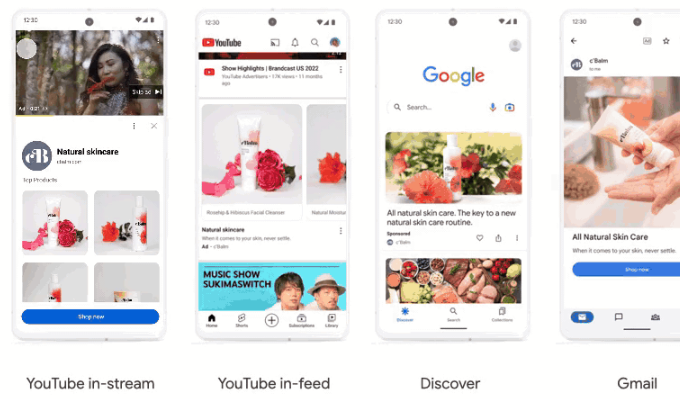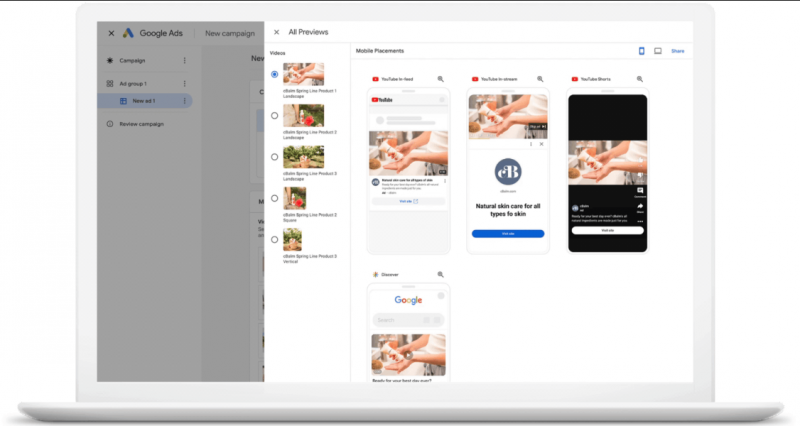 AI
AI
 AI
AI
 AI
AI
Alphabet Inc.’s Google said today it’s enhancing its online advertising placement capabilities with the launch of two new artificial intelligence-powered tools that are designed to find the best ad placements for brands automatically across its range of websites and services.
AI has become one of the hottest trends in the technology industry this year thanks to the hype surrounding chatbots such as Google’s Bard and OpenAI LP’s ChatGPT. Those chatbots can respond to almost any kind of prompt or query in a humanly way, holding open-ended conversations with users. However, Google is deploying a different kind of AI in its bid to help advertisers, which generate the bulk of the company’s revenue.
Google has introduced AI tools for advertisers in the past, but today’s launch marks the first time it’s helping brands to achieve such specific goals for their ads. For instance, the new Demand Gen feature relies on AI smarts to help place photo and video ads on various services, such as Google Search, Gmail, the main YouTube feed and Shorts, which is YouTube’s short-form video feature similar to TikTok.
In a blog post, Vidhya Srinivisan, Google’s vice president and general manager of ads, said Demand Gen effectively eliminates the need for advertisers to manually determine their ad placements. The AI uses its knowledge of users and their behavior to find “shiny, visual and immersive placements” that will have the most impact.

The other new tool, called Video View, is similar to Demand Gen. It works by identifying the most optimal placement for video ads, with a goal to maximize viewership. Srinivasan said Google’s testing has shown that brands using the product have seen an average increase in video views of around 40%. That’s a significant improvement that underscores the effectiveness of AI when it comes to enhancing ad campaigns.
One of those early adopters was Samsung Germany, which used Video View to target its Gen Z audience during the peak holiday season. The company said it was able to increase its video views and achieve a 94% incremental reach while reducing its cost per thousand impressions.
“[Gen Z’s] media consumption behavior is very diverse, which is why a mix of ad formats were used in combination with YouTube Shorts,” said Laura Thissen, head of marketing communication at Samsung. “This mix was the decisive point for us to use Video View campaigns during the Christmas holiday period.”
Constellation Research Inc. analyst Liz Miller said some people may be wondering what the really useful business applications of generative AI are, given that models like ChatGPT are mostly geared toward consumers.
“Google’s ad placement AI is a great start, giving advertisers who were once reliant on third-party cookie data a tool that’s able to analyze the massive amounts of data that span consumer consumption patterns and get us to that peanut butter-meet-chocolate moment for ads,” Miller said. “It’s a great move by Google in an ad business where brands are looking to drive demand that is measurable beyond clicks and views. When it comes to meeting demand and opening opportunities, Google’s AI cracks a nut that advertisers are eager to see.”
Google explained that automating the ad placement process will relieve marketers of the burden of manual decision-making and operational tasks. Instead, they’ll be able to focus more on developing effective marketing strategies and storytelling. As Srinivasan explained, by allowing AI to do more of the “grunt work,” brands will be able to devote themselves to creating more engaging narratives that resonate with their target audience.
THANK YOU